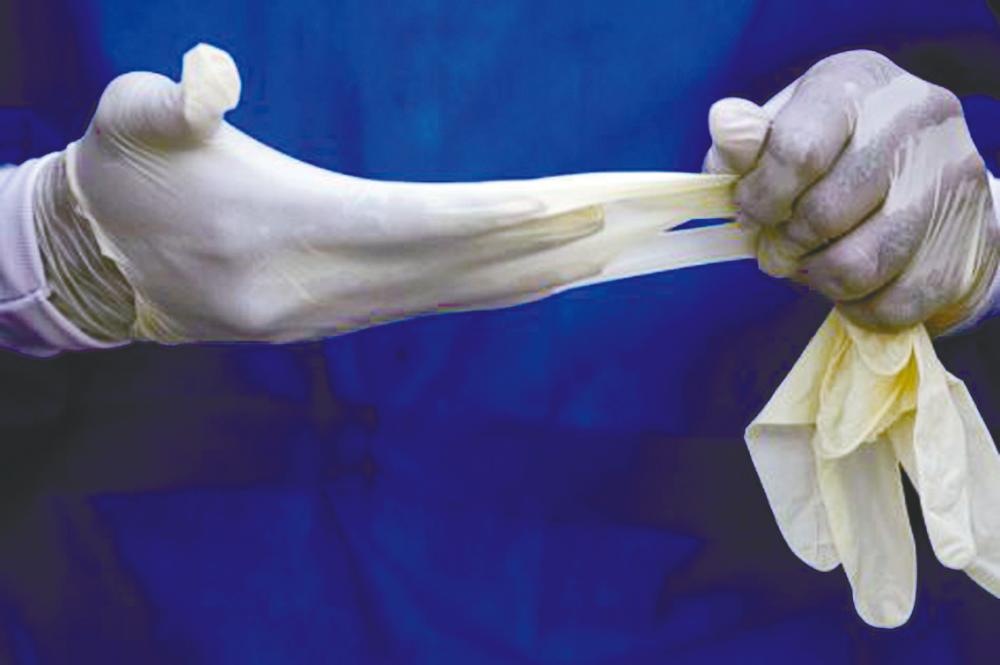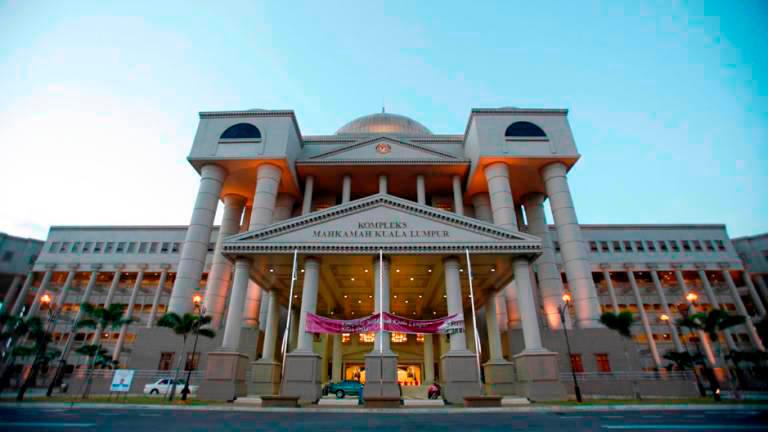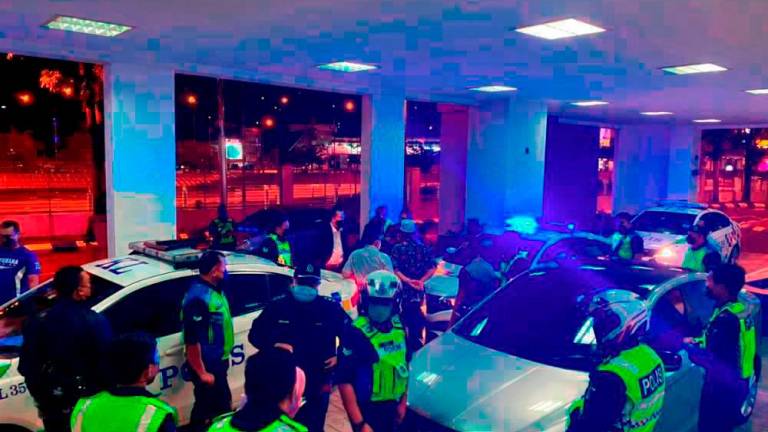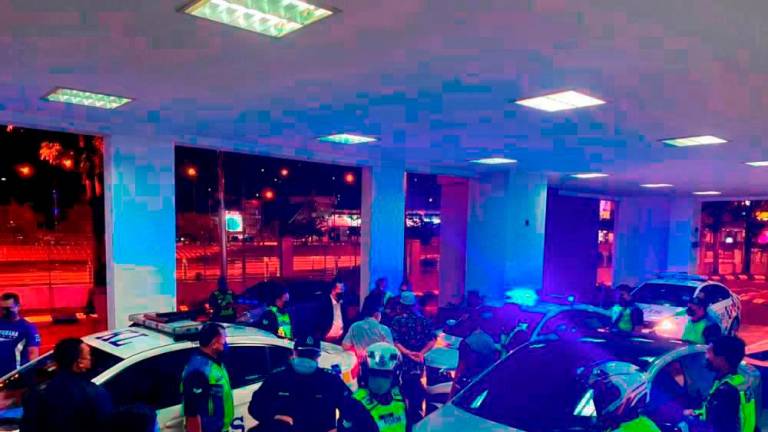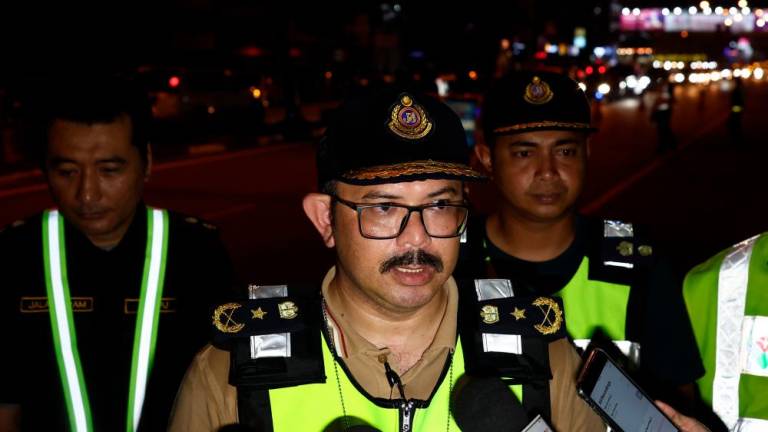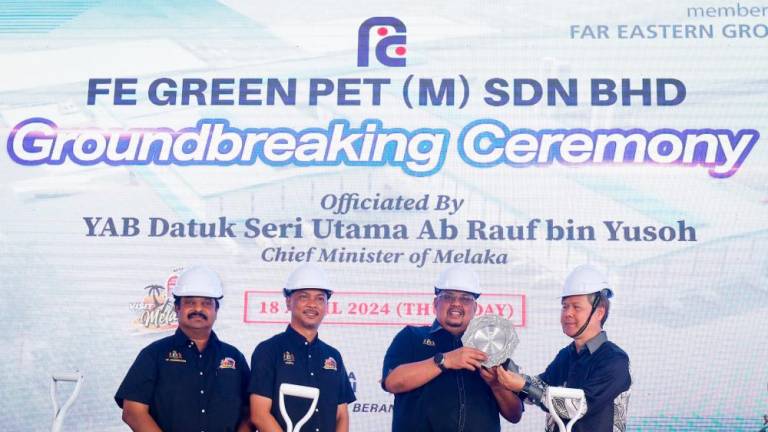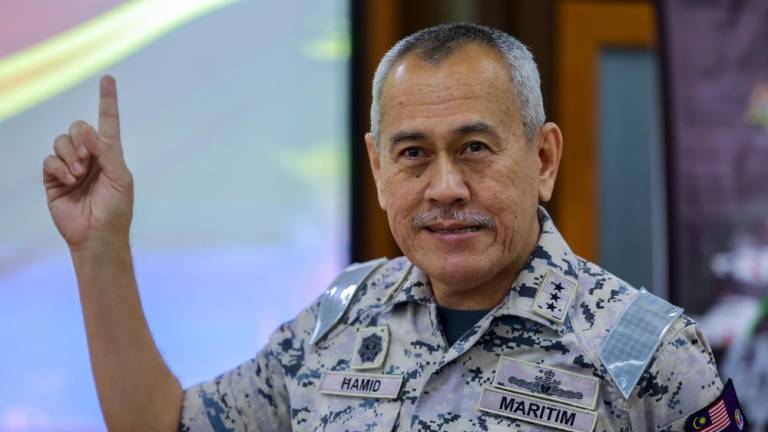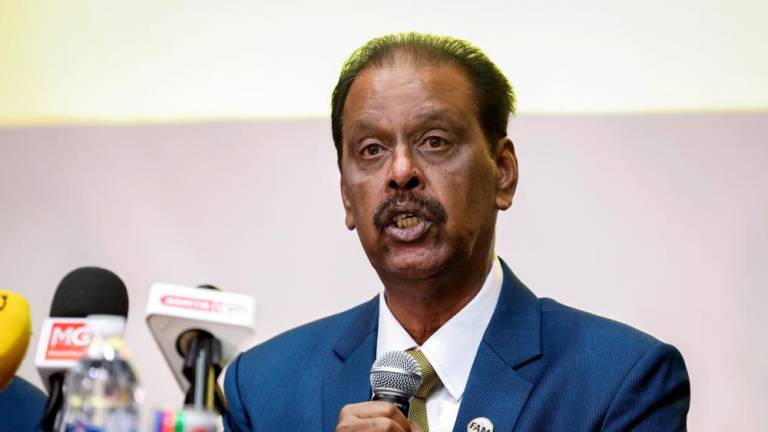PETALING JAYA: The issue of forced labour in Malaysia has again been brought into the spotlight with Supermax Corp Bhd being the latest Malaysian company to run afoul of US Customs and Border Protection (US CBP) over allegations of forced labour practices, which have resulted in a withhold release order (WRO) on its products exported to the United States.
US CBP said that with 10 of the 11 forced labour indicators identified during the course of its investigation, it has ample evidence to conclude that Supermax and its subsidiaries produce gloves in violation of US trade laws.
Other Malaysian companies still facing WROs imposed by US CBP include FGV Holdings Bhd and Sime Darby Plantation Bhd.
This has prompted the government to formulate the Forced Labour National Action Plan which will be launched next month as an approach to deal with the issue in the country, as announced by Human Resources Minister Datuk Seri M Saravanan on Friday.
He revealed that the plan contains four strategic objectives from the aspects of awareness, enforcement, labour migration and access to remedy and protection for victims.
Saravanan stated that the issue of forced labour is giving a bad image to the country’s rubber glove manufacturing sector in which Malaysia is the leading exporter with 60% of the global market, and the sector contributes 51.1% of the overall total exports of the country.
Besides Malaysia, other countries on the WRO list include Brazil, China, Japan, India and Mexico.
What is forced labour?
US CBP defines forced labour as all work or service which is exacted from any person under the menace of any penalty for its non-performance and for which the worker does not offer work or service voluntarily. Indentured labour is defined as work or service performed pursuant to a contract, the enforcement of which can be accomplished by process or penalties. This includes forced or indentured child labour.
How does US CBP address forced labour?
The US enforcement agency implements Section 307 of the Tariff Act of 1930 (19 U.S.C. §1307) through issuance of WROs and findings to prevent merchandise produced in whole or in part in a foreign country using forced labour from being imported into the US.
US CBP is responsible for preventing the entry of products made with forced labour into the US market by investigating and acting upon allegations of forced labour in supply chains.
The Human Trafficking Legal Center’s June 2020 guide, Importing Freedom: Using the US Tariff Act to Combat Forced Labour in Supply Chains, may be used to help the trade community strengthen petitions to US CBP, and is one of several suggested tools to combat forced labour.
What are the indicators of forced labour?
The indicators are intended to help “front-line” criminal law enforcement officials, inspectors, trade union officers, NGO workers, and others to identify persons who are possibly trapped in a forced labour situation, and who may require urgent assistance. These indicators represent the most common signs that point to the possible existence of a forced labour case.
The 11 International Labour Organization indicators of forced labour are:
1. Abusive working and living conditions.
2. Abuse of vulnerability.
3. Debt bondage.
4. Deception.
5. Excessive overtime.
6. Intimidation and threats.
7. Isolation.
8. Physical and sexual violence.
9. Restriction of movement.
10. Retention of identity documents.
11. Withholding of wages.



